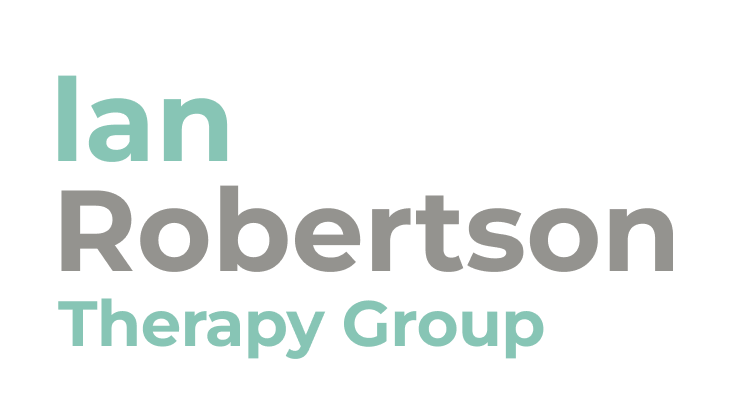
I know firsthand that many people struggle with getting started, maintaining consistency, and staying motivated in their physical activity routines. These challenges can feel overwhelming and can stand in the way of your overall wellness. However, recognizing and overcoming these obstacles is crucial for enhancing both your mental and physical health. Understanding the profound impact physical activity can have on your mental well-being can truly be a game-changer. In this blog, we will explore the key factors for making lifestyle changes, the necessity of physical exercise, the detriments of a sedentary lifestyle, and the myriad benefits of staying active.
Key Factors for Lifestyle Change
Assessing the Importance
When deciding to make changes in your lifestyle, reflect on the importance of this change. Ask yourself, “How important is this change for me?” Understanding the significance of incorporating physical activity into your life can help prioritize your wellness goals.
Evaluating Motivation
Motivation is a driving force in achieving consistency in physical activity. Evaluate your motivation by asking, “How motivated am I to make this change?” High motivation levels can fuel your commitment and help you overcome barriers to maintaining a regular exercise routine.
Building Confidence
Confidence plays a crucial role in your ability to start and stick with physical activity. Ask yourself, “How confident am I that I can actually make the change happen and start, keep going, and be consistent?” Building confidence through small, manageable steps can lead to lasting habits and significant improvements in your overall wellness.
The Necessity of Physical Exercise
Exercise for Physical Wellness
Physical wellness can never be fully achieved without some form of exercise that increases your heart rate. Regular physical activity is essential for maintaining a healthy body and mind. According to E.R. Laskowski, M.D. (Mayo Clinic), we require 150 minutes of moderate or 75 minutes of vigorous aerobic activity per week. Additionally, incorporating strength training exercises for all major muscle groups at least twice a week is vital for building and maintaining muscle strength.
Recommended Exercise Guidelines
The Mayo Clinic recommends spreading aerobic exercise throughout the week. This means aiming for 150 minutes of moderate aerobic activity or 75 minutes of vigorous activity weekly. It’s also important to include strength training exercises for all major muscle groups at least twice a week, which can involve using resistance bands or weights.
The Detriments of a Sedentary Lifestyle
Risks of Prolonged Sitting
I personally, as a therapist, spend much of my day sitting down. Research has shown that sitting has become as detrimental as smoking. J.A. Levine, Ph.D., M.D. reports that prolonged sitting increases the risk of obesity, high blood pressure, high sugar levels, excess fat around the waist, and abnormal cholesterol levels. Sitting also increases your risk of death from cardiovascular disease.
Benefits of Physical Activity
Health Benefits
When considering health and wellness, being physically active supports several key areas of your life including:
○ Weight control by increasing calories burned
○ Combating health conditions and diseases by increasing your ‘good’ cholesterol and decreasing your risk of cardiovascular disease
○ Improving your mood and self-esteem by activating those neurotransmitters in your ‘gut’
○ Boosting your energy levels
○ Promoting better sleep
○ Enhancing your sex life and endurance
Social and Psychological Benefits
In addition to the physical benefits, regular exercise can enhance social connections and is simply fun. Engaging in physical activities with others can increase your social interactions and provide a sense of community.
Personal Testimony
Practicing What You Preach
As a practicing therapist in Ontario, I believe that I need to live my personal life in a way that promotes self-wellness before I can talk to clients about their wellness. Physical activity plays a central role in my personal life. I have experienced all of the benefits mentioned prior. I start my day with exercise, as it is more likely to happen and be successful in accomplishing my workout. Changing up routine and workout activities supports staying engaged in your commitment to exercise.
Personal Exercise Routine
I personally enjoy yoga, HIIT training (High-Intensity Interval Training), Cross Training, and occasionally, boxing classes with a trainer. Everyone needs to explore and find what works for them, but what matters the most is that our mental, physical wellness, and even life expectancy are connected to our physical activity levels. Don’t shortchange yourself! Live full and active lives to experience amazing benefits in your daily life!
Conclusion
Engaging in physical activity is a potent method for boosting mental health. Recognizing its significance and integrating it into your everyday schedule can greatly enhance your general well-being. Whether you prefer organized workouts or pursuing enjoyable activities, the crucial aspect is to remain active and prioritize physical health. Embrace a dynamic way of life to access improved mental health and a more satisfying existence. If you are considering therapy or have inquiries, kindly complete the form provided below. We are here to assist you on your path to well-being.
Be well, Ian











